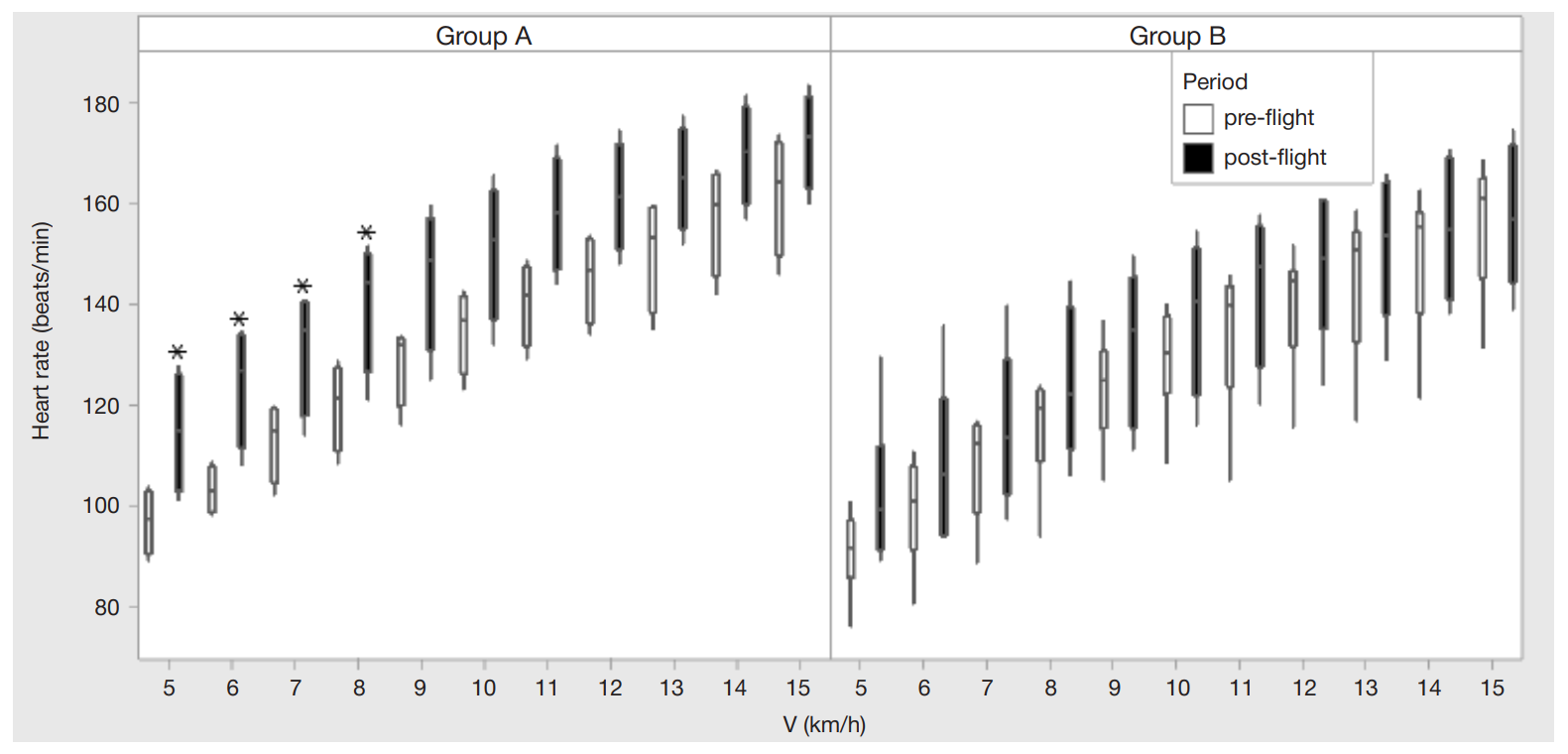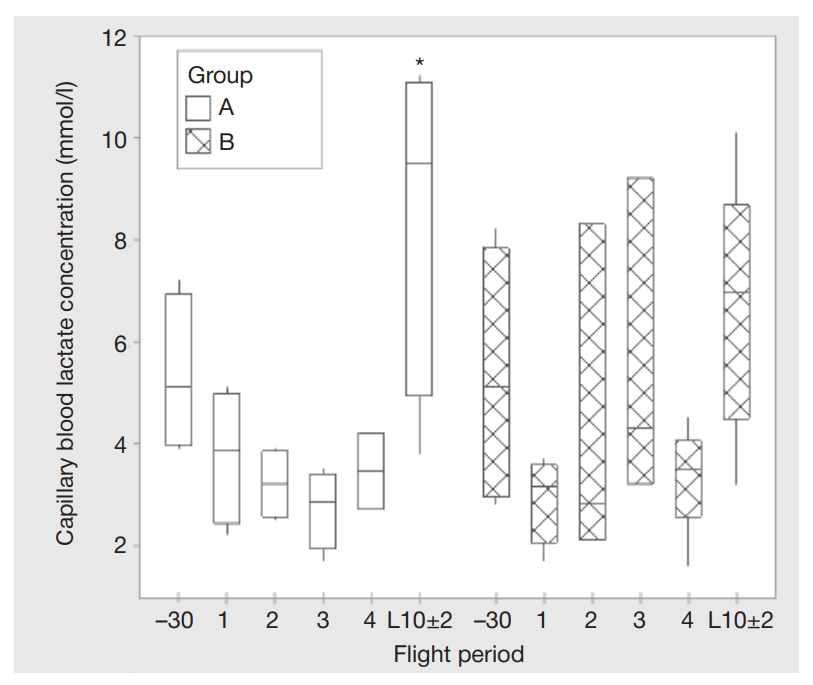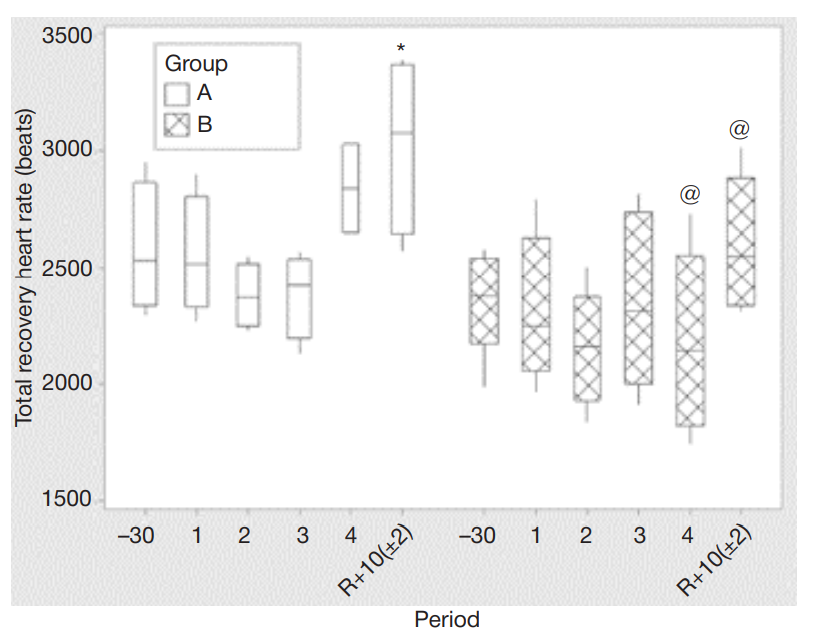
ORIGINAL RESEARCH
The role of fast running in prevention of negative effects of prolonged exposure to weightlessness
State Scientific Center of Russian Federation — Institute of Biomedical Problems RAS, Moscow, Russia
Correspondence should be addressed: Elena V. Fomina
Khoroshevskoe shosse, 76A, Moscow, 123007, Russia; ur.xednay@nimof-nimof
Funding: the work was financially supported by the Russian Academy of Sciences (63.1) and Roscosmos State Corporation.
Acknowledgements: we express our gratitude to the cosmonauts for participating in the experiment (Yuri Gagarin Cosmonaut Training Center); Lysova N.Yu, senior researcher, Candidate of Biological Sciences, (Institute of Biomedical Problems); Rezvanova S.V. (Center for Innovative Sports Technology and National Teams Training) for participation in the experiment and data collection; Beda O.O. for supporting the experiment's sessions in the MCC; Smirnov Yu.I. for participation in the preparation of documentation; Kukoba T.B, Babich D.R., Romanov P.V. for development of the individual strength training protocols and strength training supervision during the space flight.
Author contribution: Fomina EV — organization and support of the Profilactika-2 experiment, conducting sessions of the experiment, article authoring; Senatorova NA — conducting sessions of the experiment, support of the experiment, statistical processing of the results, literary review and arrangement of the article; Bakhtereva VD — data processing, article authoring; Yarmanova EN — engineering support of countermeasures, development of the BD-2 treadmill in collaboration with I.B. Kozlovskaya; Kozlovskaya IB — selection/formulation of goals, objectives and methods of the experiment.
Compliance with ethical standards: the Profilactika-2 experiment was approved by the Ethics Committee of the Institute of Biomedical Problems (Minutes #368 of August 22, 2014). All participants signed a voluntary informed consent form.




